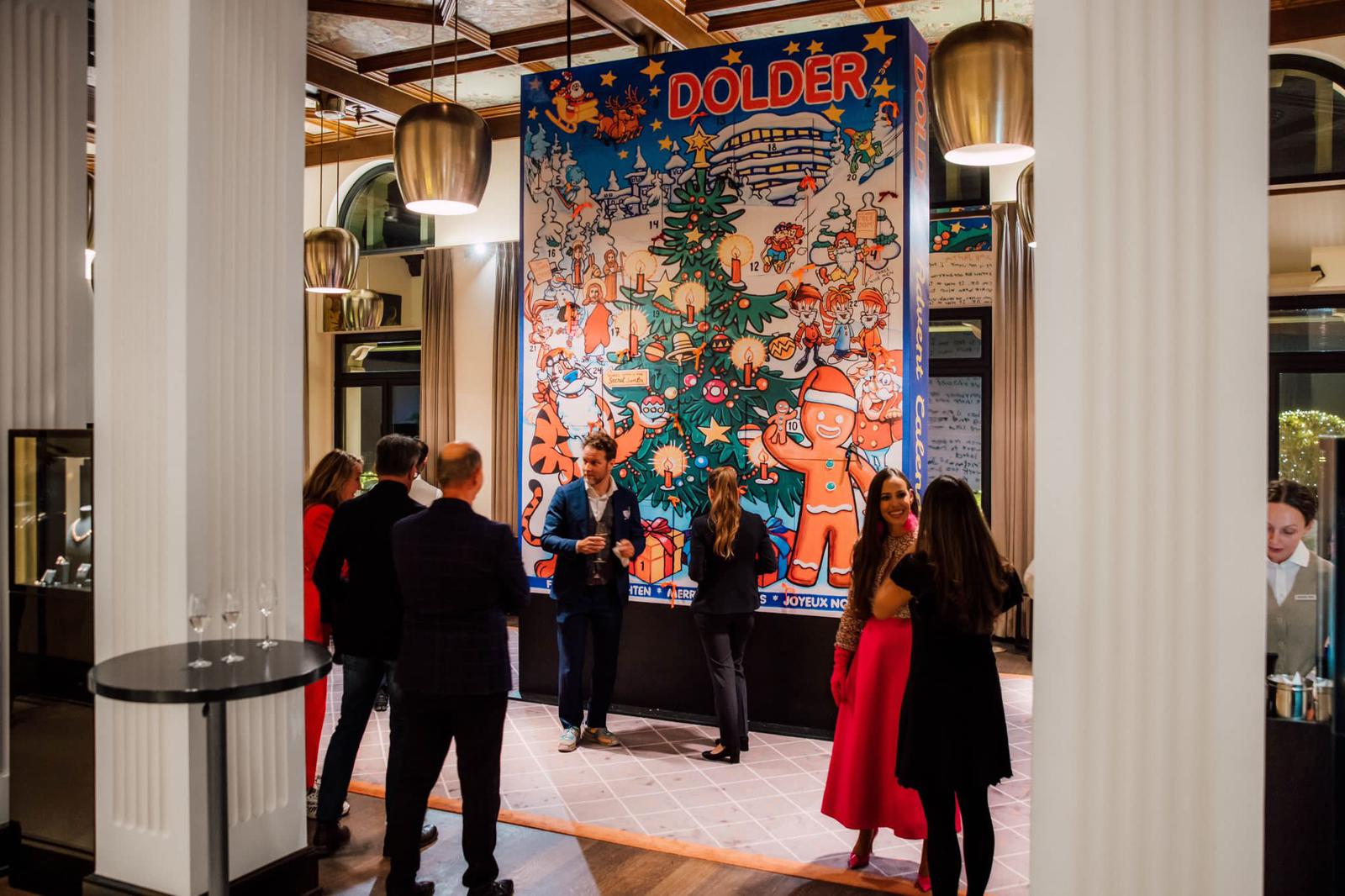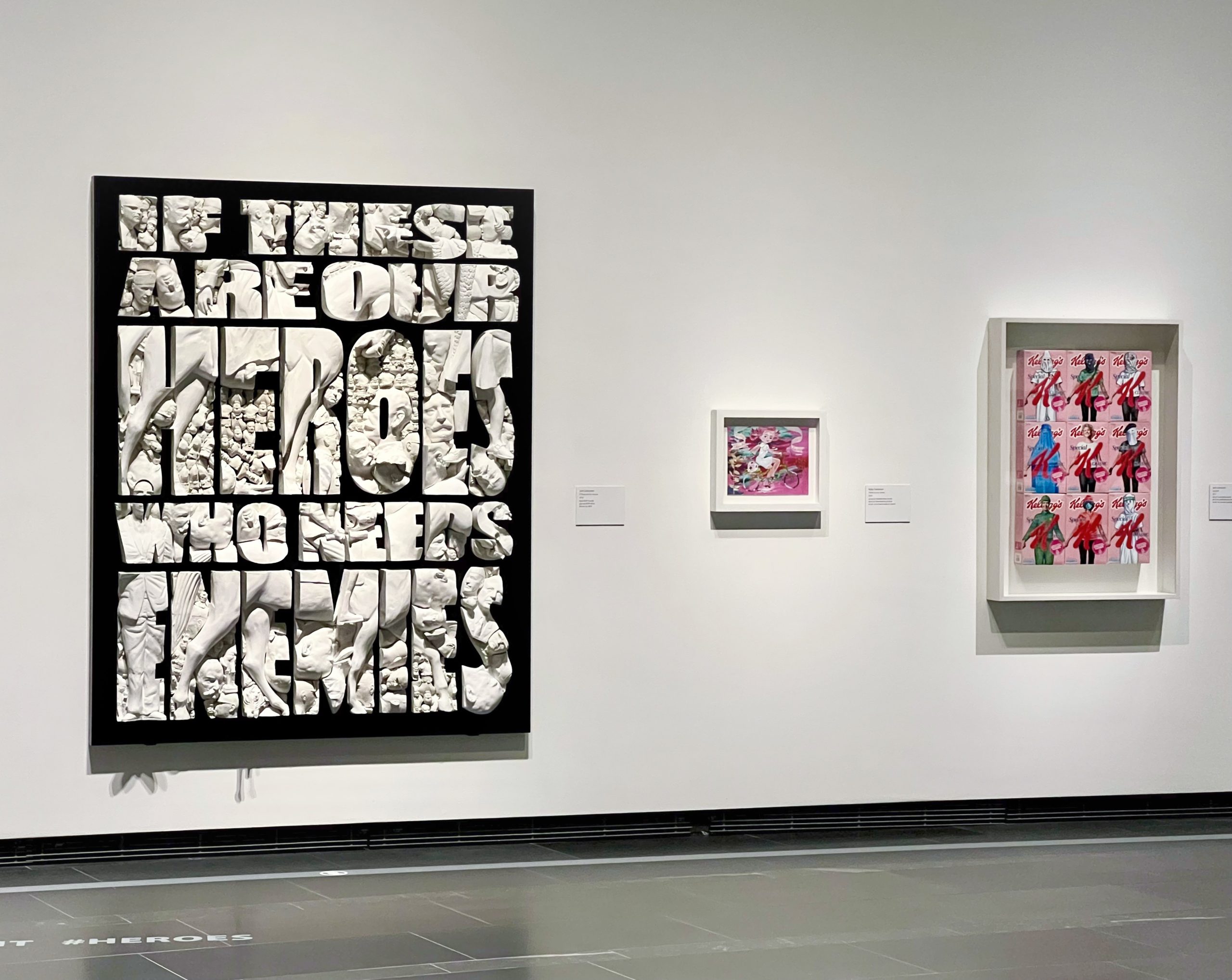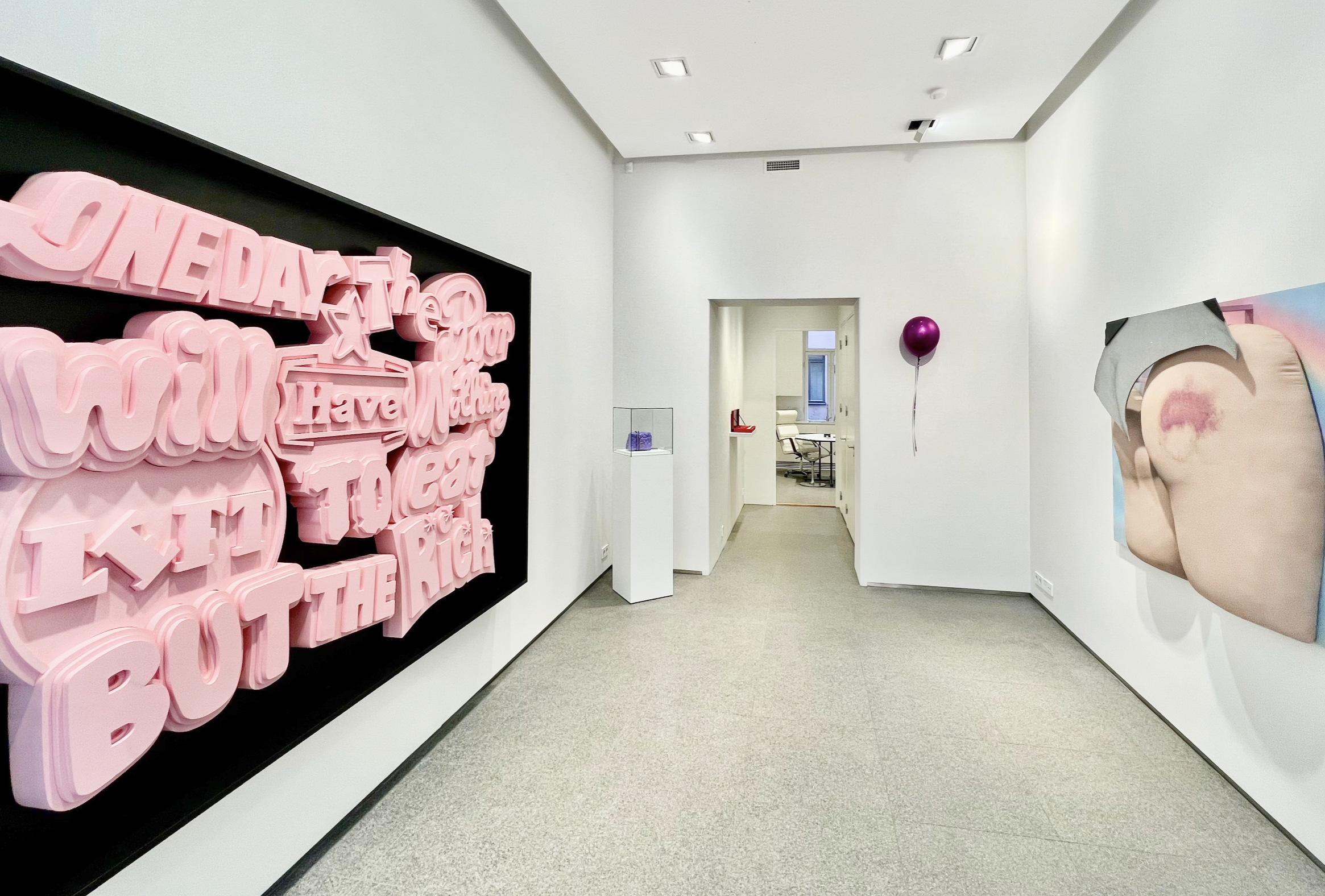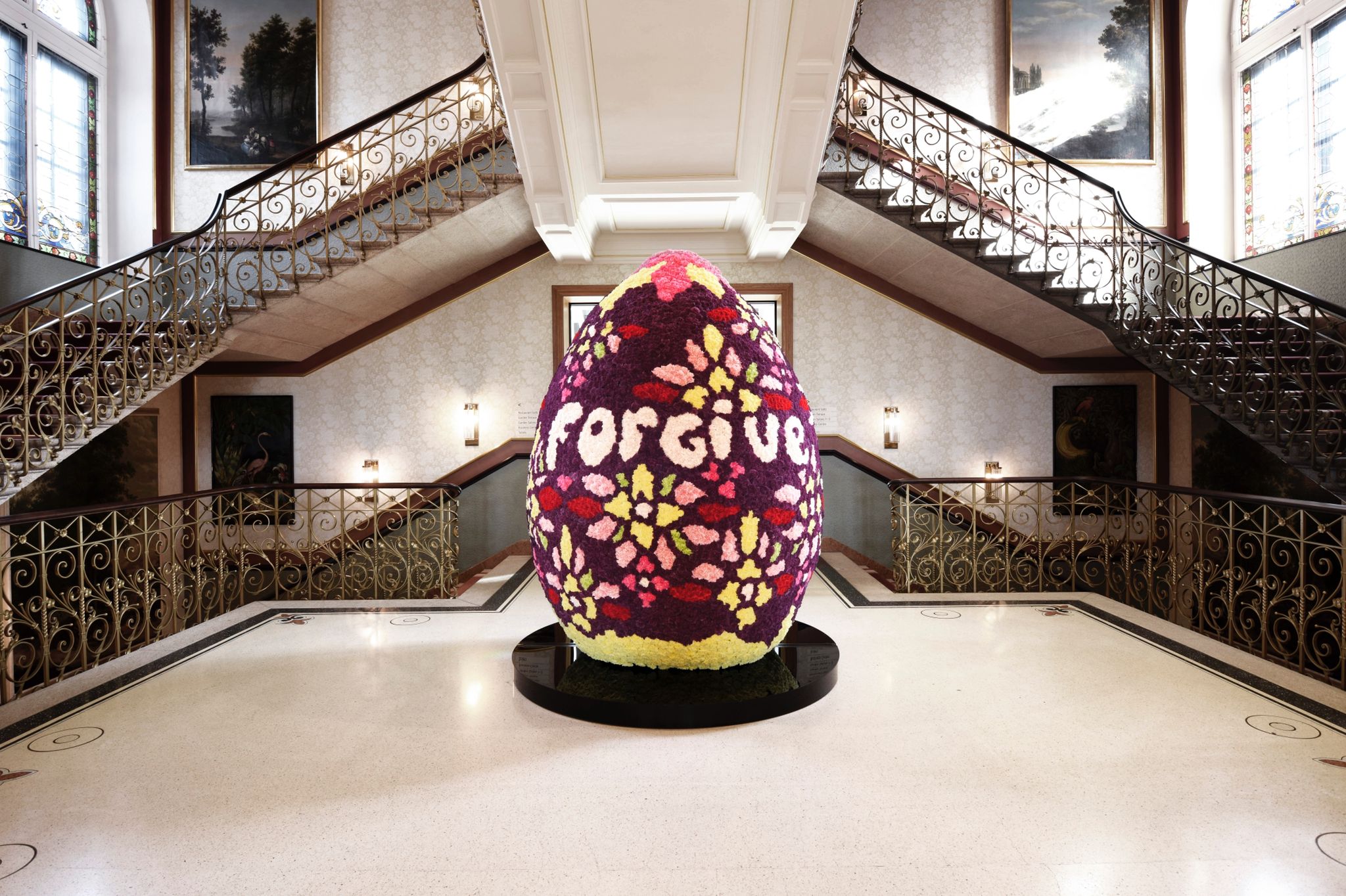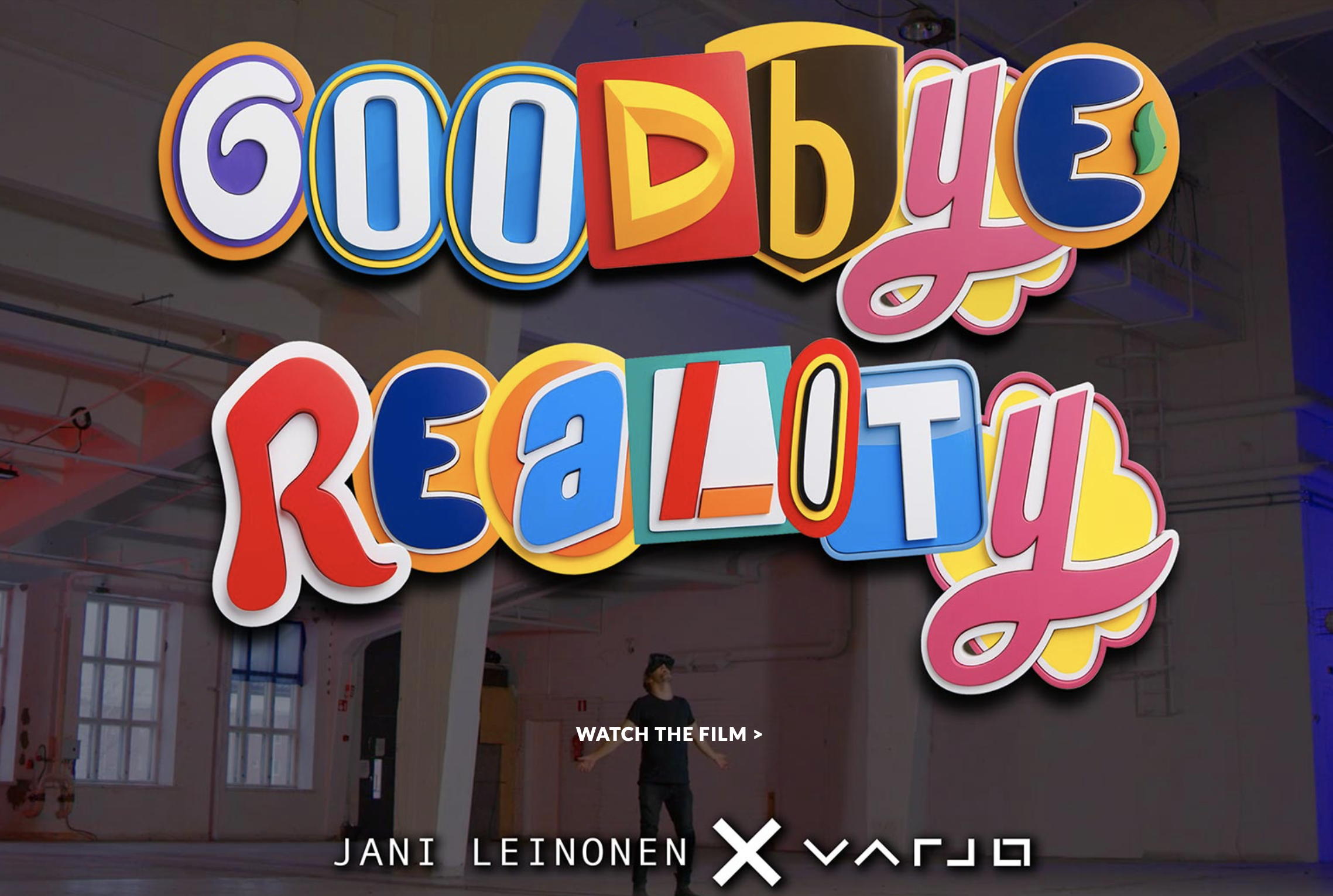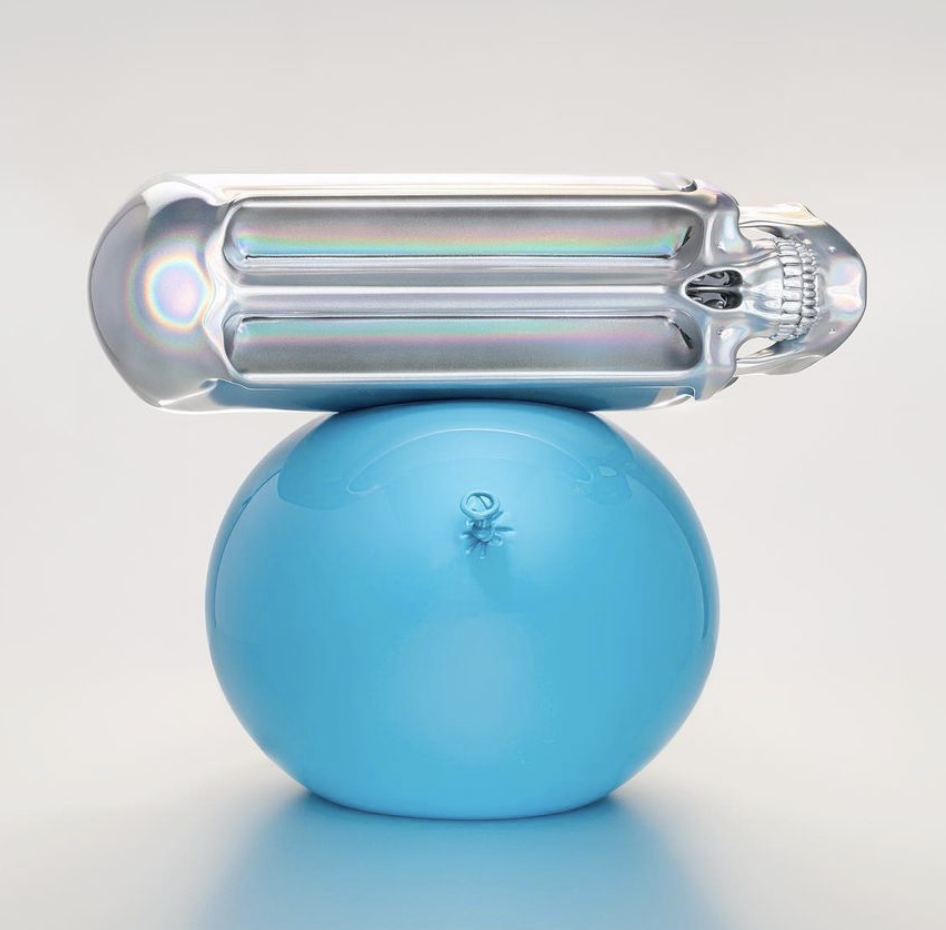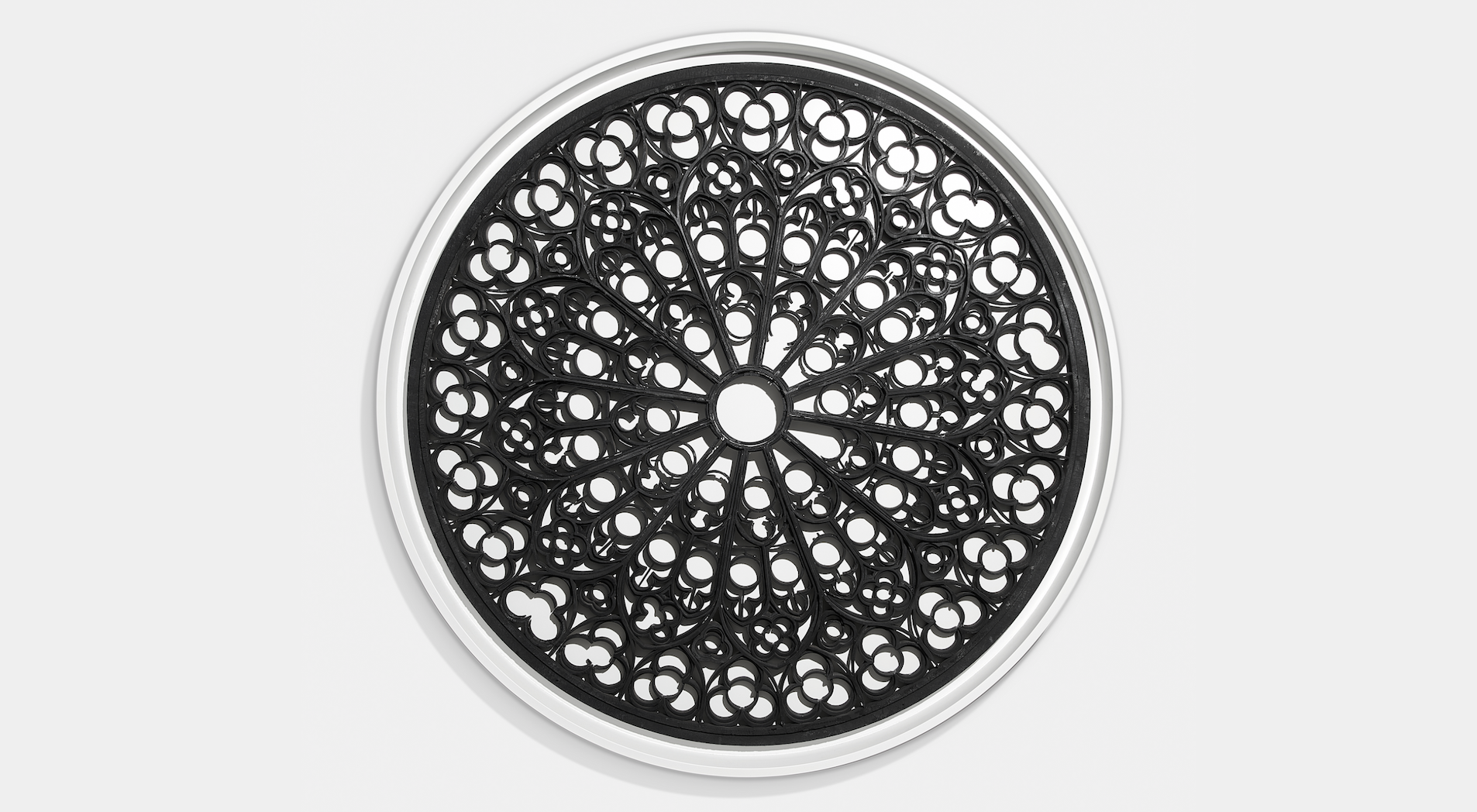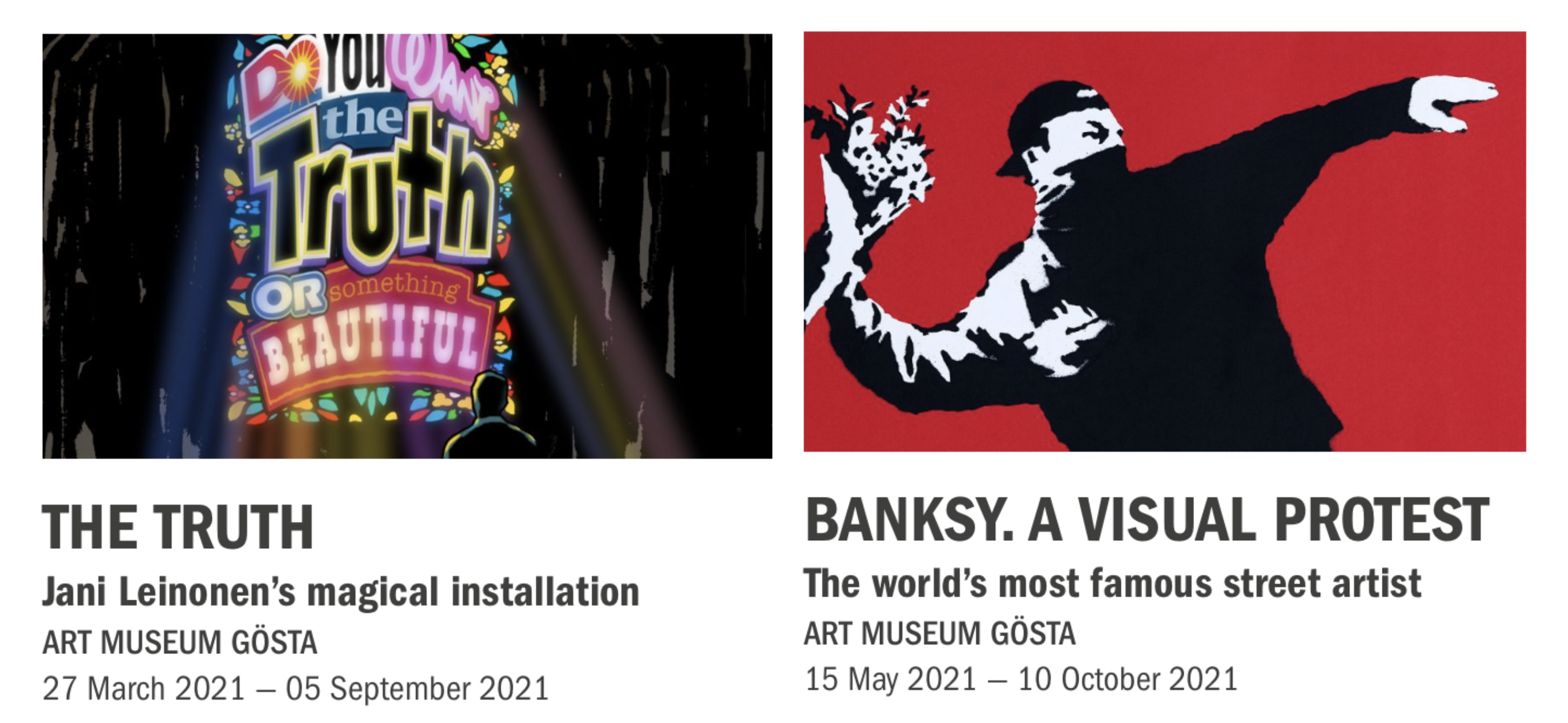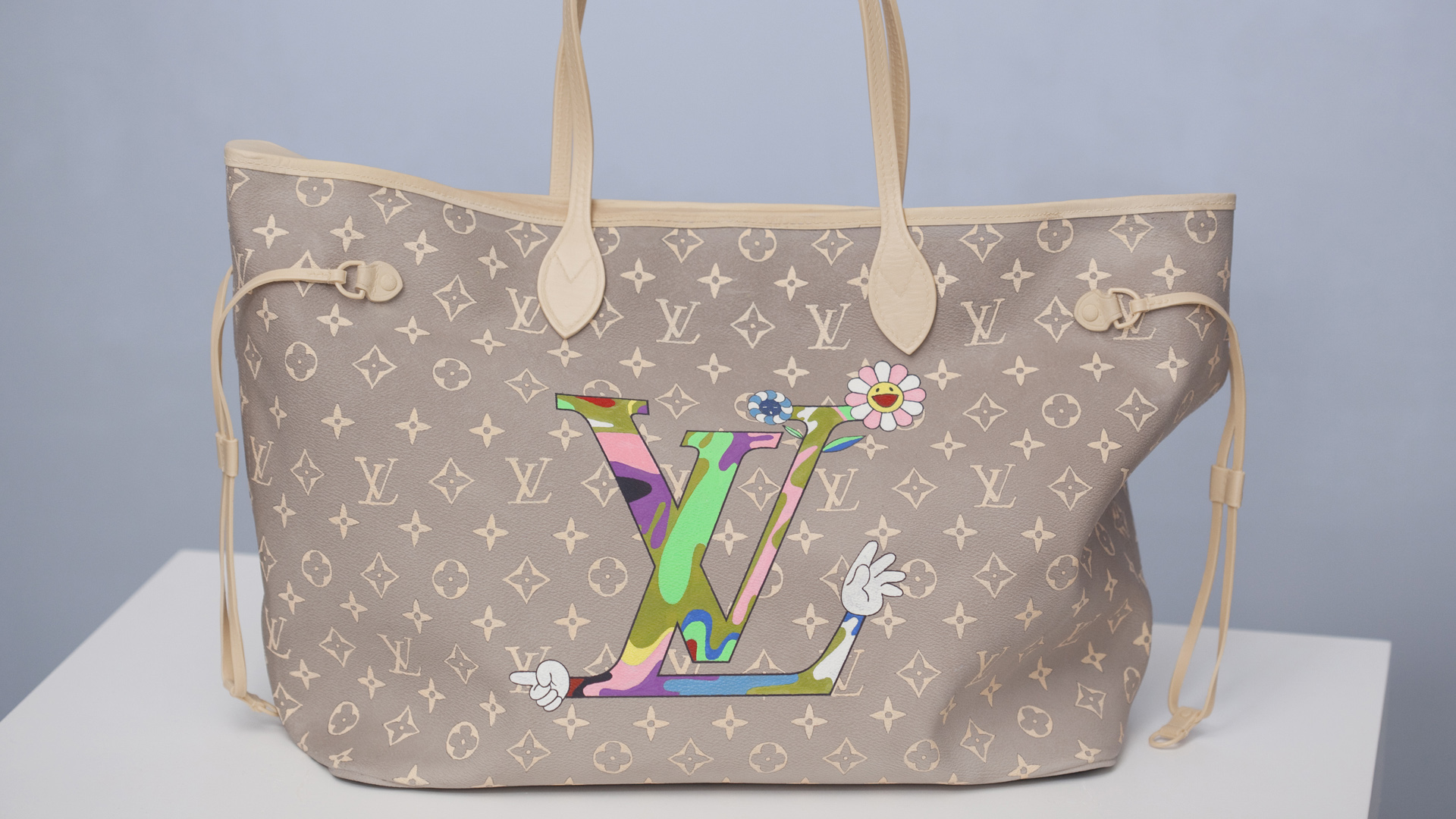COCKTAIL
June 24-September 30, 2021
Jiri Geller, Riikka Hyvönen, Mari Keto & Jani Leinonen
Serving their Cocktails stirred and ice-cold Jiri Geller, Riikka Hyvönen, Mari Keto and Jani Leinonen are alluring us to keep on sipping. The artworks assembled for this COCKTAIL detour through different routes towards a shared destination. Whether through abstraction, fashion, global capitalistic symbolism, or Mesopotamian origins, the artists share one goal in common: to shake our understanding of what should make our mouth water.
Utilizing a variety of visual codes, the artists gain this shared destination with an enticing dialogue. Known for his striking aesthetics and immaculate precision, Jiri Geller stretches the limits of the form. In Killing Time (2020) everything is about to explode. How much further can you stretch a form of a seeming skull? What is the weight a balloon can bear? Questions impossible, or maybe even irrelevant, to answer through the logics of modern physics. Geller seems to state that those logics do not matter in the world, and in the space we are occupying. We have already decided ourselves, against all natural laws, how to live and how to make that life happen.
Having her interests originating from pop culture and aesthetics, Riikka Hyvönen keeps on stunning the viewer with her skills to capture moments of beauty. Her work turns abstraction into a desire to read the image. Hyvönen makes us want to understand the movement, the content, the code of her work. Adding complexity and aromatic nuances to her work, she leaves us lusting for more. And yes, lust is something Mari Keto deconstructs over and over again. Hunting for survival has turned into hunting for the most exquisite fashion items. Recognizable monogram, a two-letter signature of global avarice, gains new forms and codes turning two worlds into a single, double-layered, allegory. Keto ponders upon the relevance of the items we hunt and collect, and surround ourselves, to survive a modern day in life. As always, both Hyvönen and Keto reassemble code, visuals and matter into new meanings.
Revealing all the Lies, Lies, Lies Jani Leinonen’s collaboration with Mayer’sche Hofkunstanstalt has become his forte. Leinonen takes this centuries old work with historic, restoral technique and merges ancient religious iconography with the elements of contemporary advertising. Absolutely striking in their entity, these supposedly medieval ornaments frame truths into objects of desire. Accordingly, Leinonen adds up a new line of his burning businesses. This time, international banking is at stake. Slowly reaching from bottom to top, dismantled to be are all cross-border businesses and eurozone enterprises. Yet again, the organic surfaces of these works are captivating. The demolition is slowly in process. Still alive. The burned surface preserves in detail the properties of the material it once was. Shimmering in its deepening blackness, Leinonen keeps us aware how charcoal has come to connote crisis over progress. Like Keto, Leinonen strikes the viewer with an acute question: why are we still here?
COCKTAIL strikes us with a fazed view into our contemporary wellbeing. No twists are needed, when the main ingredients in this complex mix are the impressive craftsmanship combined with generous aesthetics.
Text by Dr. Aura Seikkula
